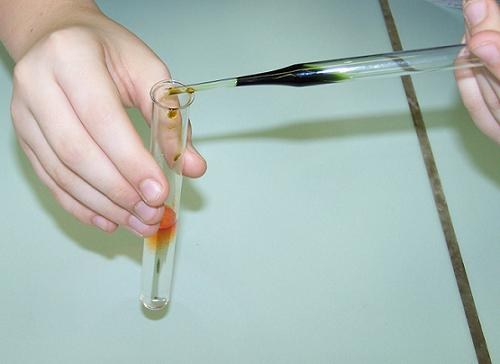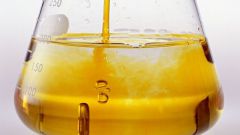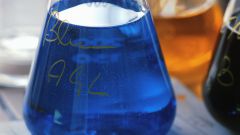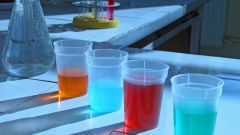You will need
- - acid-base indicators;
- - the tubes;
- - pipette;
- - pH meter.
Instruction
1
For the rapid determination of pH prepare organic matter indicators, which change color depending on the acidity of solutions, for example, methylorange (methyl orange), litmus, phenolphthalein, etc. Then rinse clean tube with a small amount of the investigated solution and pour it. Then pour approximately 15 ml of sample and add few drops of indicator. Mix gently. Compare your color with the color scale standard solutions. Visually determine the closest shade to your sample. The value pH will be equal to the pH value of the standard. If the indicator took the litmus paper, then squeeze on it the test solution and then compare it with the scale.
2
To find the pH of the emulsions, colloidal systems or non-aqueous solution, use a special instrument: pH meter. Before starting, set it to standard buffer solutions according to the instructions supplied with the meter. Find the value of the pH, comparing the potential of the indicator electrode, is omitted in the test sample with a charge of the same electrode in standard buffer solution. Keep in mind that finding this method the acidity or alkalinity of solutions should be carried out at a temperature of 25 plus or minus 2 degrees, otherwise it will be necessary to make appropriate amendments.
3
Another method of determining pH is the acid-base titration. In a dry beaker for titration place the sample studied sample and add to it with a color indicator, for example, a weak acid that has different colors of the acidic and alkaline forms. Next, to this solution, with constant stirring, add drop by drop titer (solution of known concentration). Stop the titration as soon as the solution changes color. Then, knowing the volume and concentration of titrant, calculate the acidity of the investigated samples.
Useful advice
For a more accurate location of pH spend some time defining the same way.






